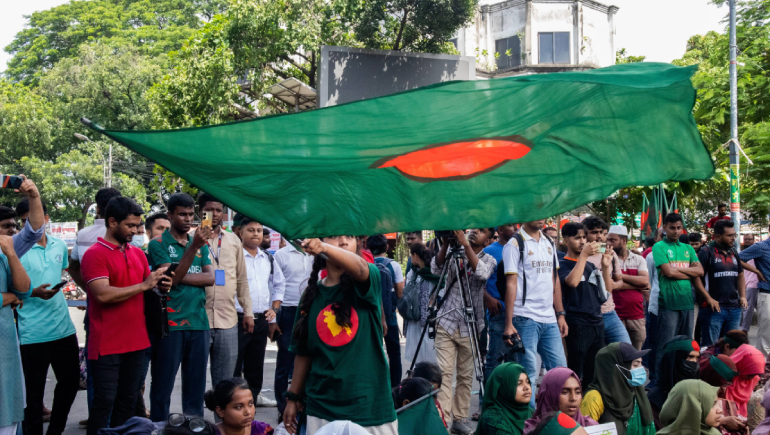
In an age where digital presence often echoes louder than physical protests, social media has evolved into more than just a communication tool—it has become a weapon of resistance. The July Uprising, a pivotal moment in the socio-political landscape, exemplified this shift. Platforms like Twitter (now X), Facebook, TikTok, and Instagram were not merely used for updates; they became the actual frontline—where battles of truth, awareness, organization, and influence were fought and, in many ways, won.
One of the most powerful aspects of the July Uprising was the speed and scale of mobilization. Hashtags surged within minutes, turning local grievances into global conversations. Protesters coordinated routes, warned each other about police blockades, and shared live footage—all in real time. Social media transformed smartphones into decentralized command centers, allowing organizers to bypass traditional media channels and state censorship.
For many involved in the July Uprising, social media provided something that mainstream news outlets often could not: a voice. Citizen journalists documented injustices on the ground, amplifying the voices of marginalized communities. Viral posts drew international attention, pressuring global organizations and human rights groups to acknowledge and respond to the crisis. In many cases, a single tweet or TikTok clip carried more impact than a broadcast news segment.
Social media also served as a digital archive of the uprising. Videos and photos were not just symbolic—they were evidence. Footage of state violence, unlawful arrests, and peaceful protests being disrupted became undeniable proof in a world where misinformation is rampant. Activists and lawyers used this digital content to hold authorities accountable and counteract propaganda in real-time.
What began as online trends—#JulyUprising, #VoicesOfThePeople, #FreedomNow—soon spilled over into global headlines. Social media forced international journalists to pay attention. It set the agenda for traditional media coverage, influencing not only how the events were reported but also how they were interpreted worldwide. Activism went viral, and with it came unprecedented awareness.
However, this new frontline was not without its dangers. Governments cracked down on internet access, launched disinformation campaigns, and monitored digital footprints to suppress dissent. In several regions, digital activists were tracked, arrested, or threatened. Despite these risks, the July Uprising proved that even in the face of digital repression, social media remains a powerful force for resistance and truth.
The July Uprising will be remembered not only for its streets filled with protest but for the way those protests unfolded online. It demonstrated how a smartphone and a Wi-Fi signal could become tools of revolution. As technology continues to evolve, so too will the methods of resistance. Social media, once a space for selfies and status updates, has firmly established itself as the modern-day frontline in the fight for justice and change.












Comments
There are no comments for this Article.